Uluwatu Surf Sports

Sacred cliffs meet legendary waves
This famous section beneath the cliffs of Uluwatu attracts more than 70% of Bali’s surf tourists. What was once a secret treasure in the 1970s is now a popular surfing destination worldwide. Locals are seen riding well-known reef lines in the early morning, and post-surf activities include wave-watching, warung meals, and cave exits, providing a comprehensive exploration of Bali’s wave-rich cultural heritage.
Top surf sites in Uluwatu
- The Bombie
- The Peak
- Nyang Nyang
Year-round waves and vibrant beach life
The seven kilometers of Canggu’s volcanic coastline are home to five different surf beaches: Echo, Batu Bolong, Berawa, Pererenan, and Nelayan. Each offers different conditions, ranging from strong reef breaks to gentle sand-bottom waves. Clean, head-high barrels are revealed by morning mid-tides, and year-round surf sessions are sustained by warm waters and seasonal swells. Beach clubs, board storage, and post-surf smoothies are all within easy reach of most breakers, which are accessible by scooter.
A short stretch with a full range of challenges
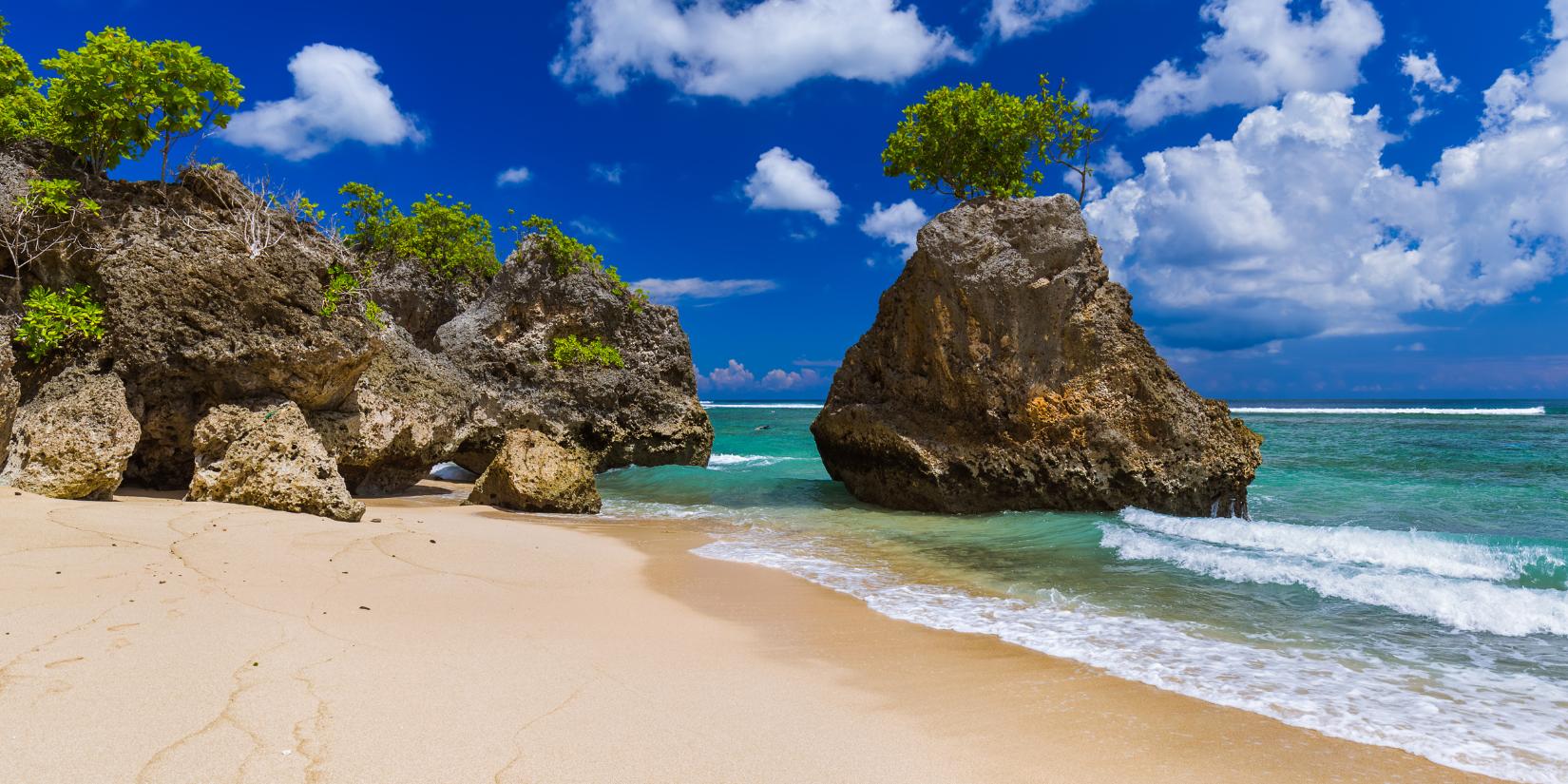
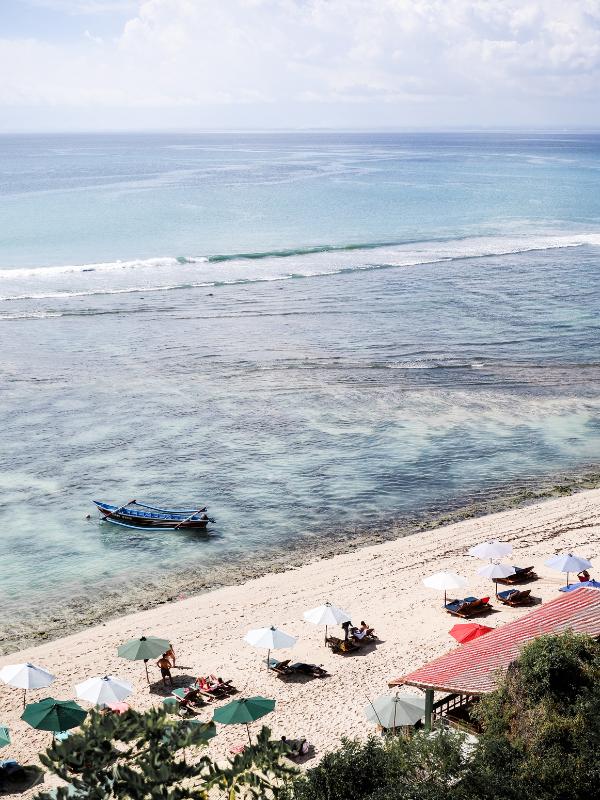
Surf Spot
Types of dives:
- Reef
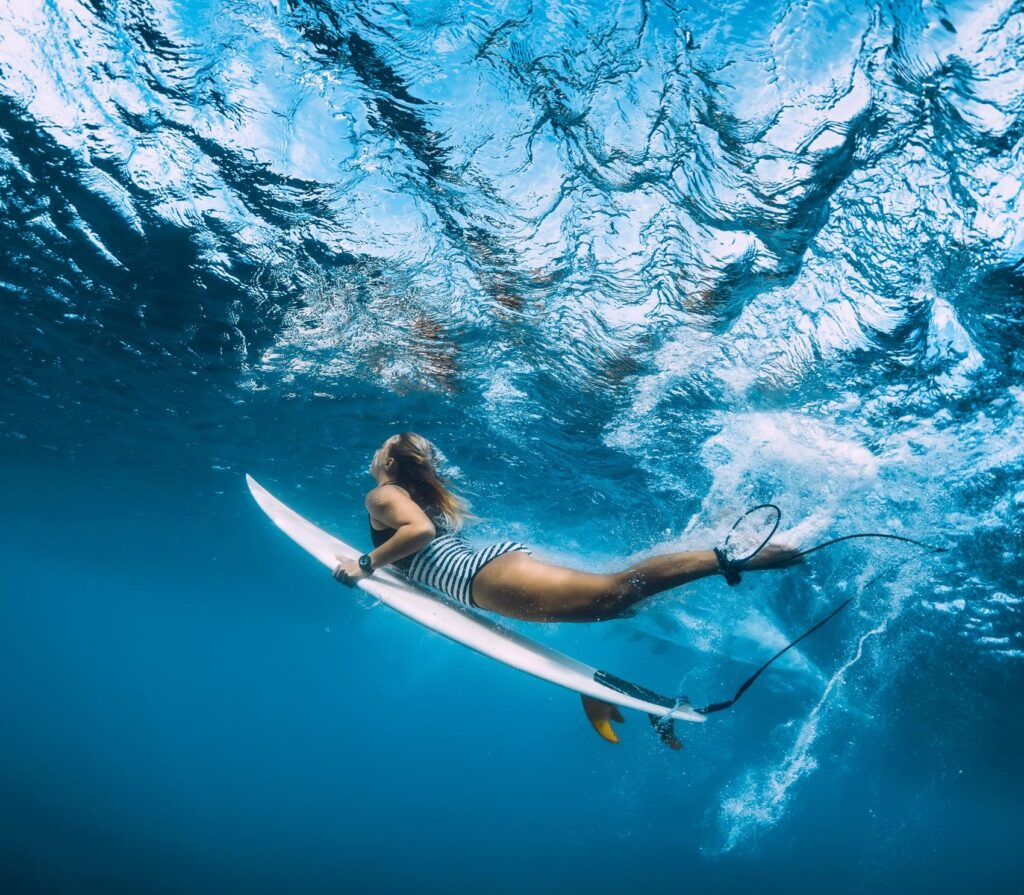
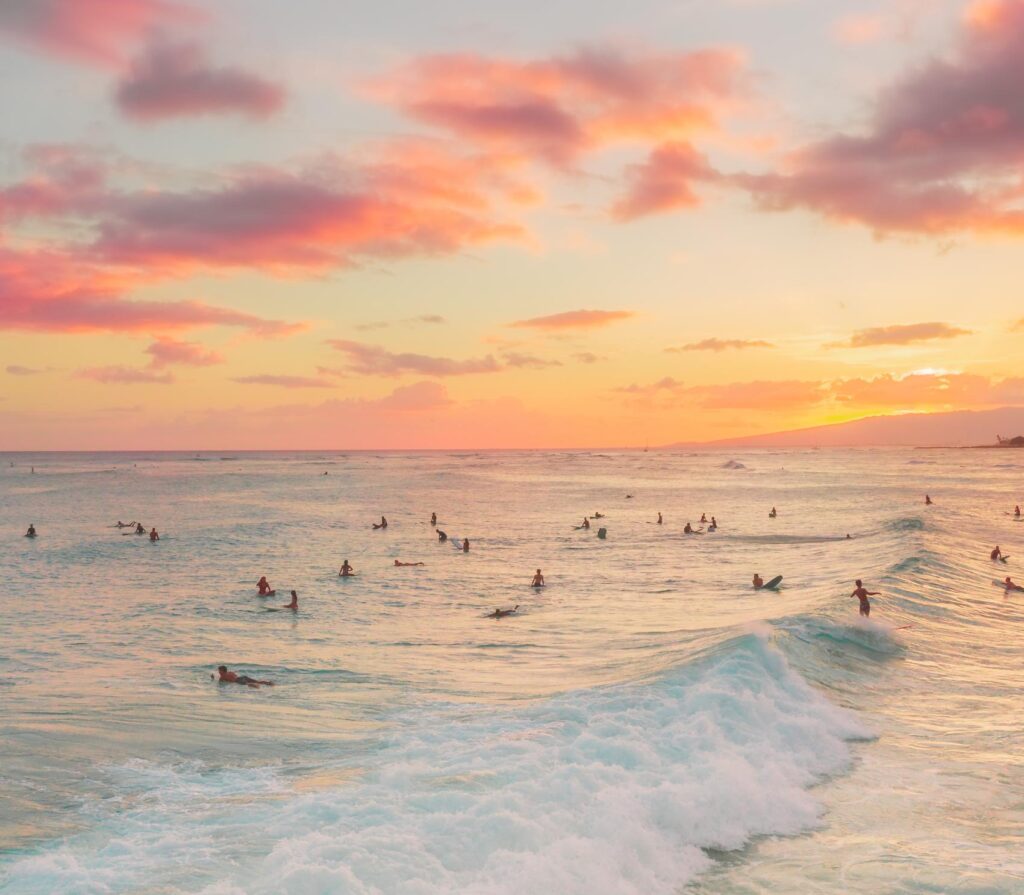
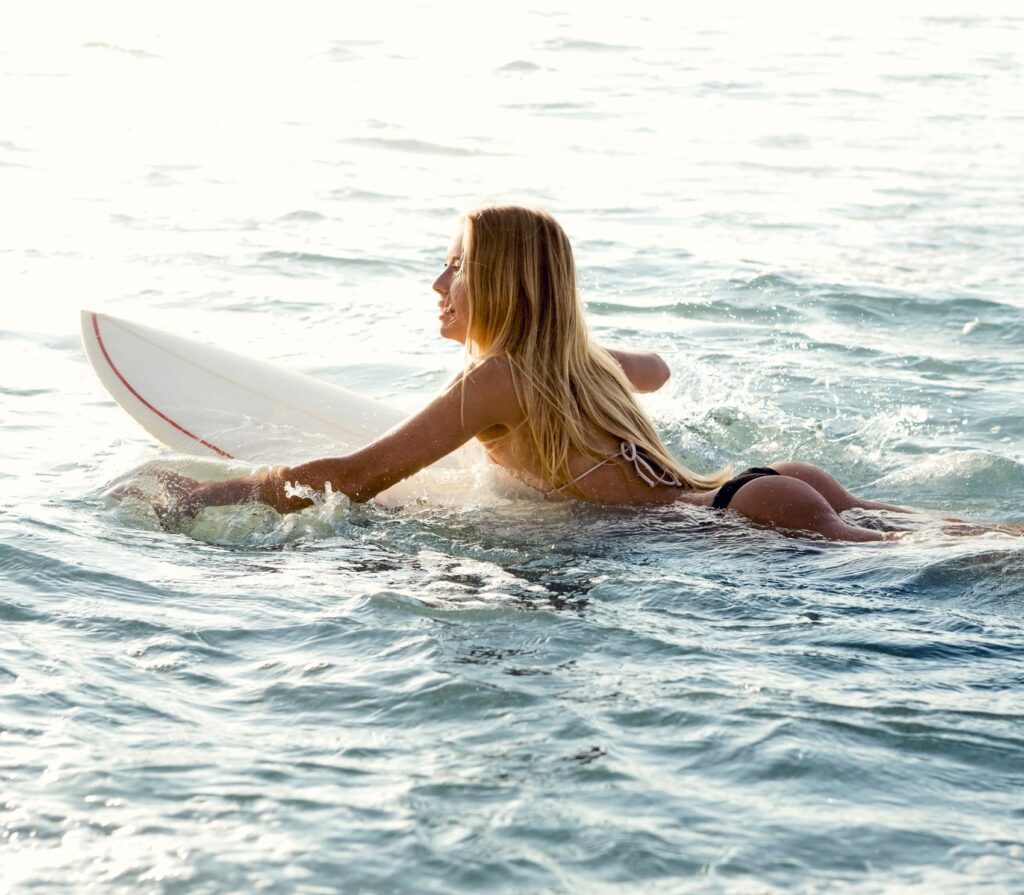
Surf Spot
Temples offers the best spiritual surfing where surges from the Indian Ocean meet limestone cliffs. The “ombak suci” (holy waves) beneath Uluwatu Temple provide strong lefts, steep takeoffs, and swift barrels. Neap tides encourage intermediates, while spring tides are best for pros. Don’t forget that this isn’t just a break. It is the meeting point of Balinese heritage and ocean vitality.
Types of dives:
- Drift
- Reef
- Ocean
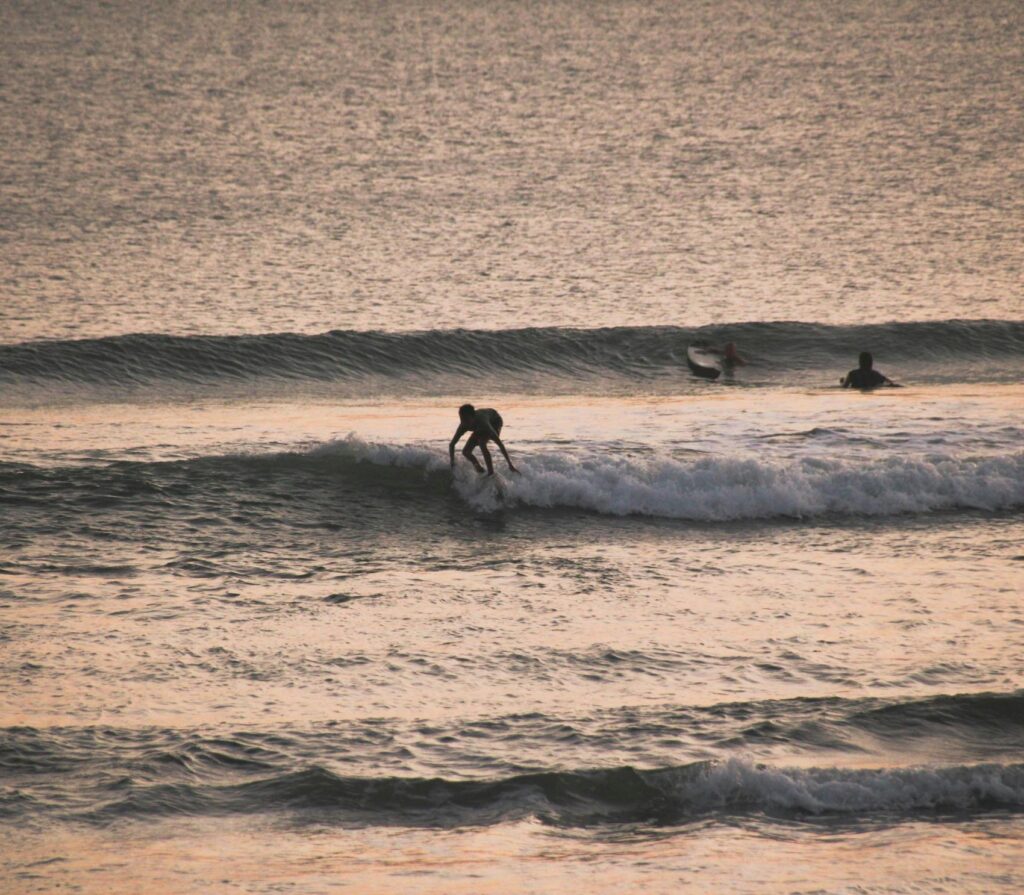
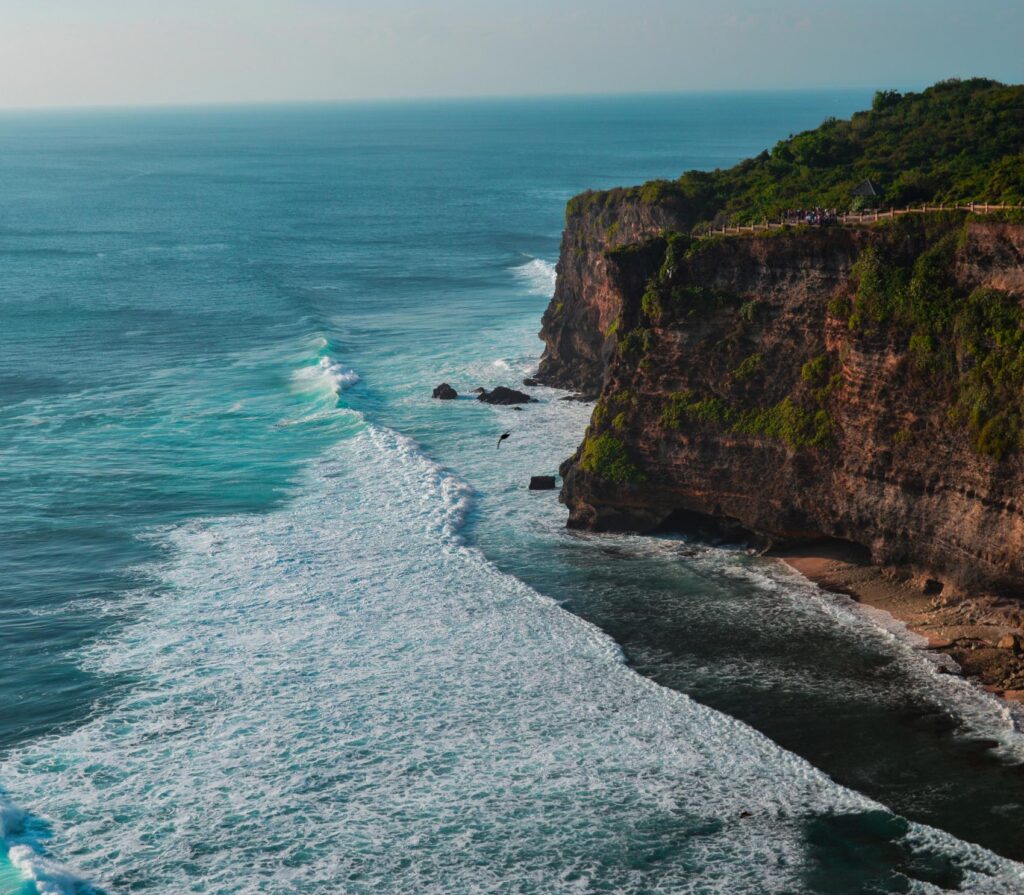
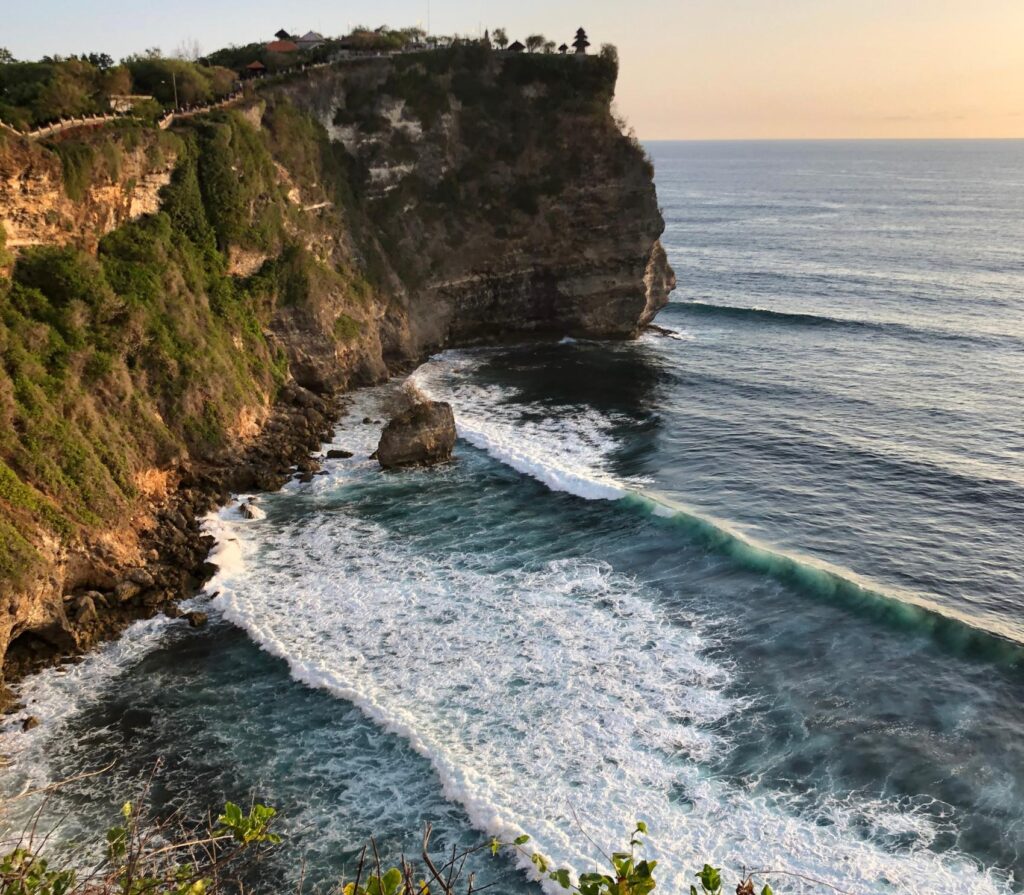
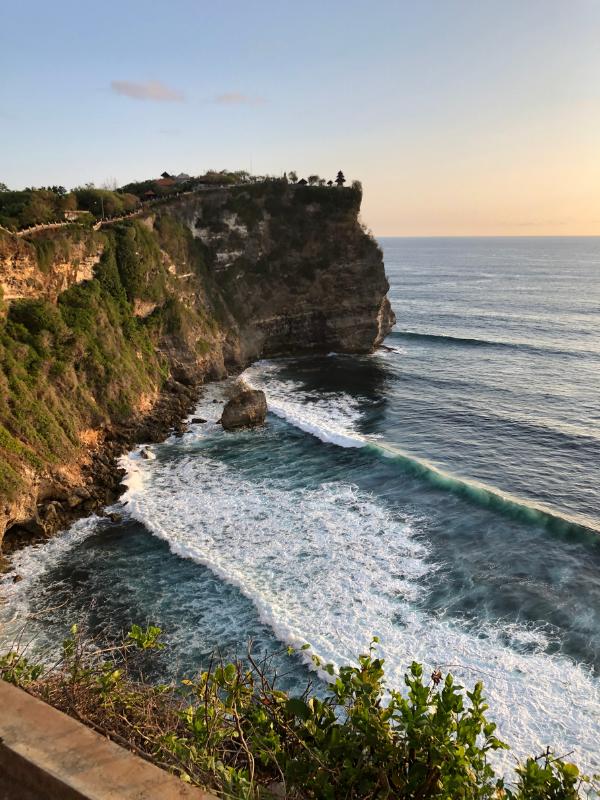
Where tide charts and moon phases
These two iconic waves put even the most experienced surfers to the test when Bali’s southern shore comes alive. From Outside Corner’s swift technical barrels to Bombie’s imposing walls, this is Uluwatu at its strongest, when indecision is not an option and tide charts and moon phases are important.

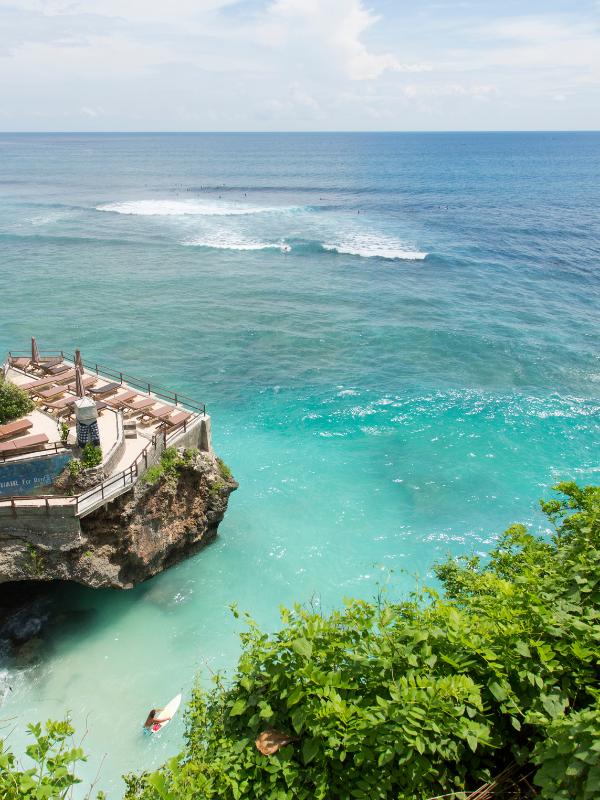
Surf Spot
When swells reach 8 feet, the Bombie, Bali’s big-wave monster, breaks over a small reef; in the winter, it frequently reaches 15 to 20 feet vertically. For true chargers, it’s a wave with 45-second rides over connected parts. Local boat captains are aware of the optimal moon-phase entry, and jet ski aids are essential on big days. You commit before the wave even rises; you don’t just paddle into Bombie.

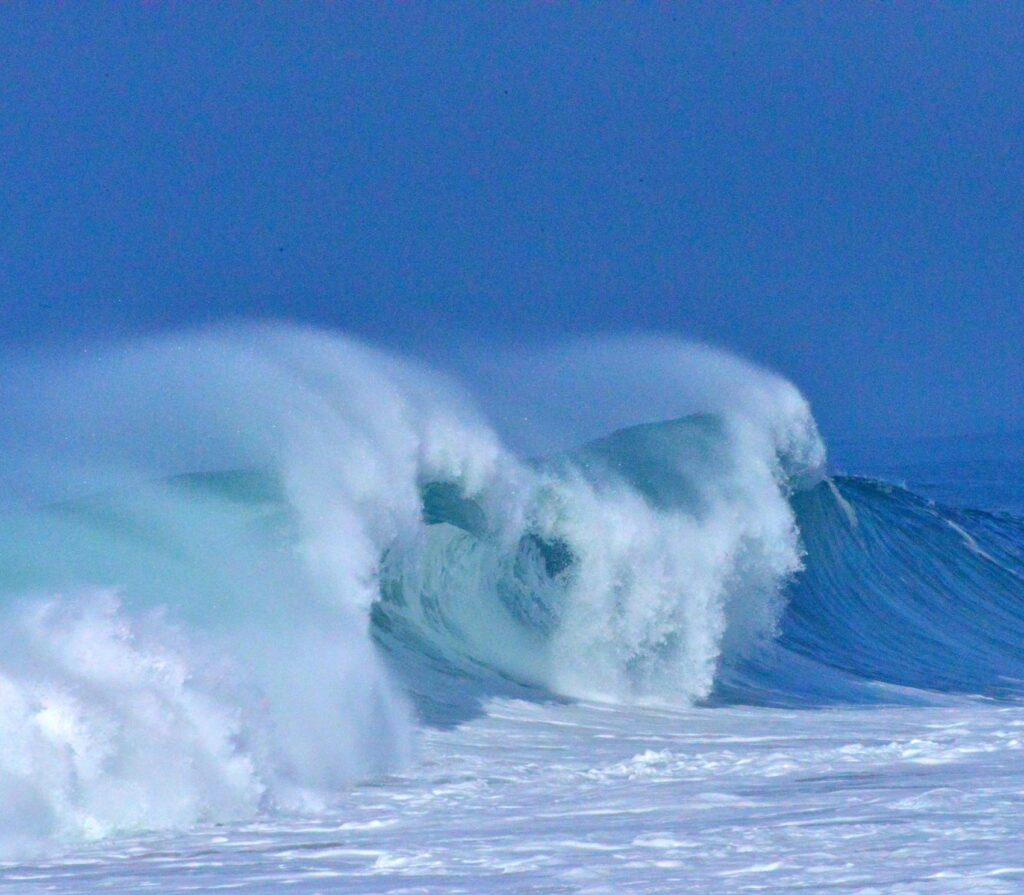

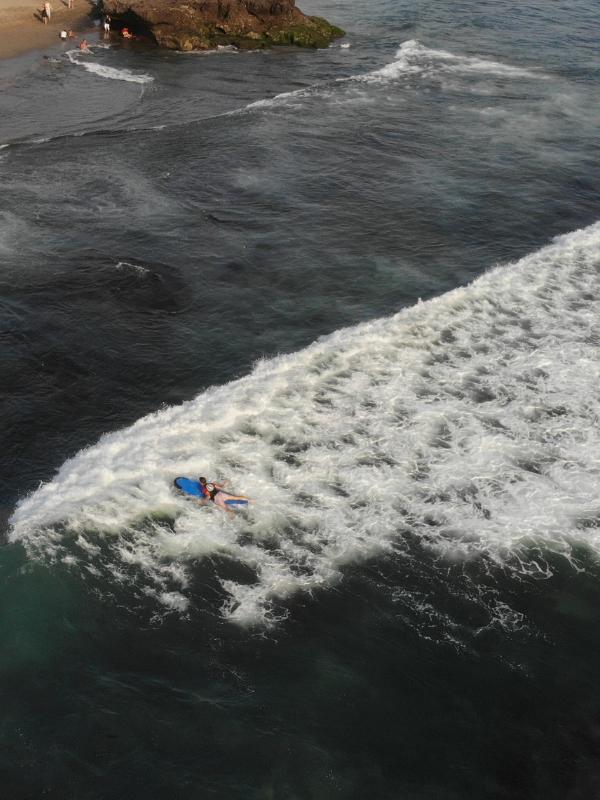
Surf Spot
Old Man’s Beach is Canggu’s beginner haven, with mellow knee- to chest-high waves breaking over soft sand, perfect for learning. Surf schools love it here: angled takeoffs teach control, soft wipeouts ease nerves, and warm water keeps you going. Arrive before 7 AM to beat the surf camp crowds and catch clean “golden hour” waves. Respect the lineup, upgrade to a hybrid board when ready, and keep the aloha spirit alive.
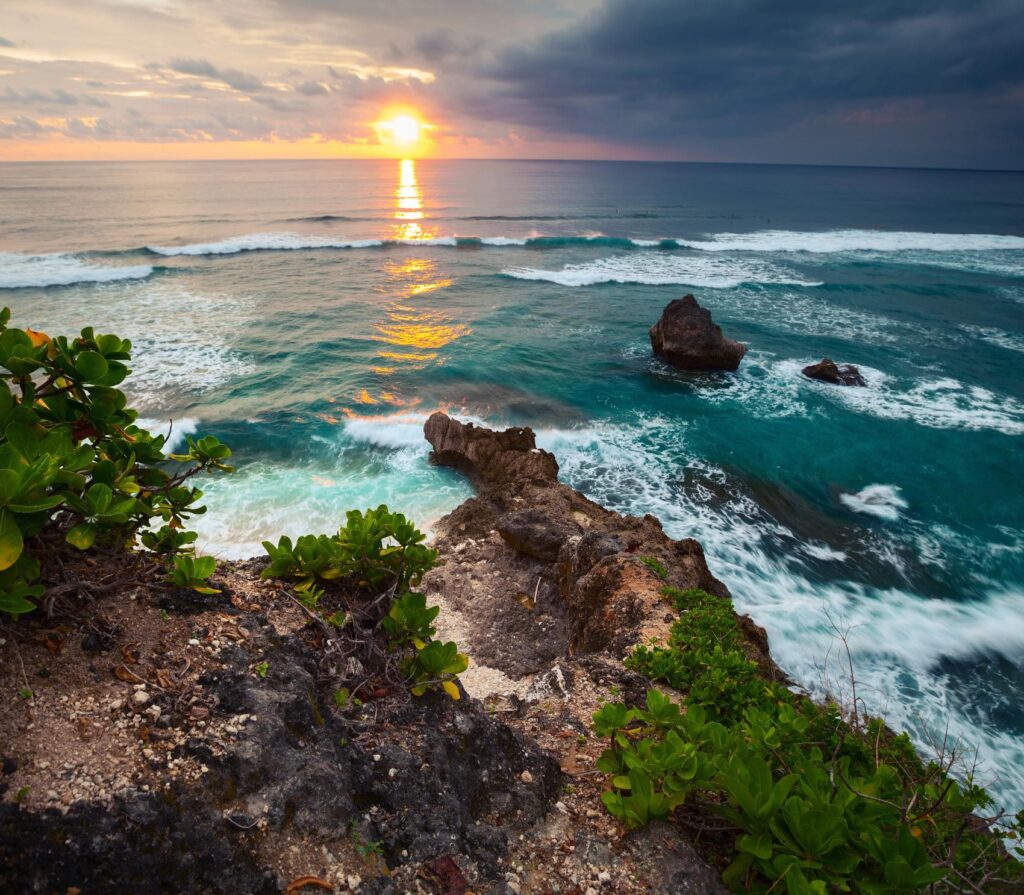
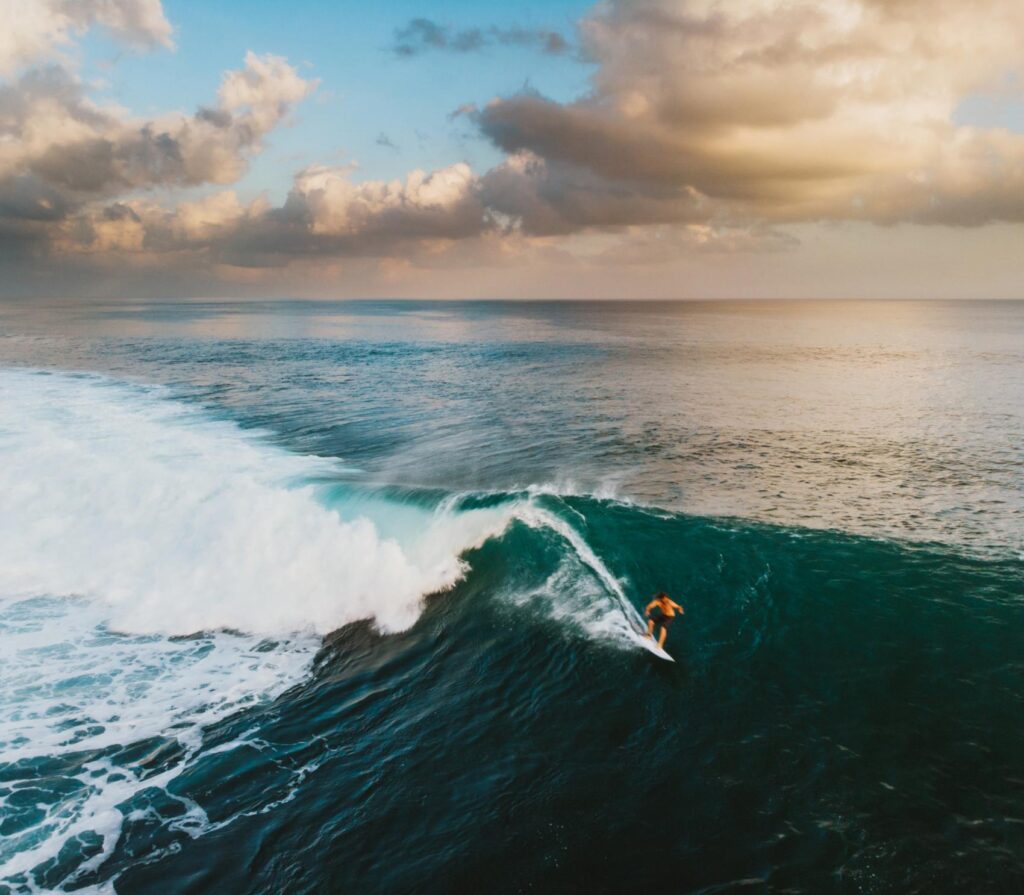
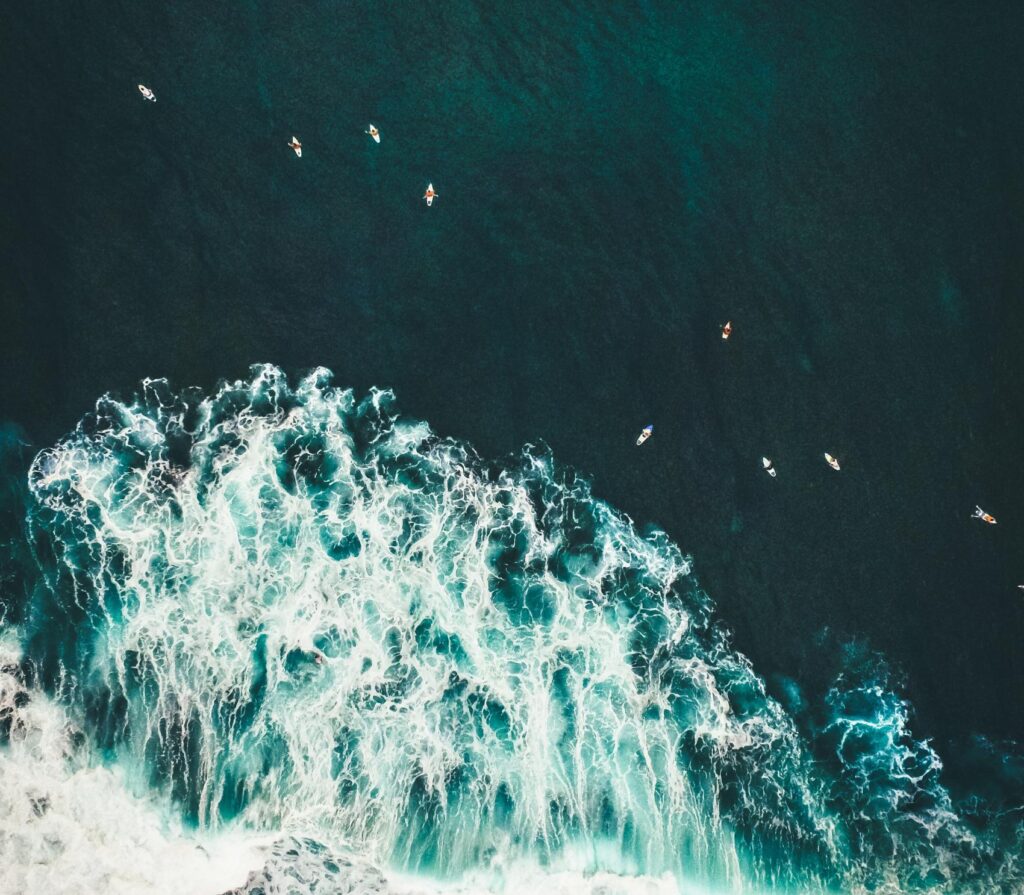
Plan, paddle, and perform on Uluwatu’s technical terrain
Bali’s experienced surfers hone their craft on these renowned reef breaks. Timing the tides and reading the reef are crucial for everything from the fast takeoffs at The Peak to the speed runs at Racetrack and the 500-meter barrels for Impossibles. This is not only surfing, but it’s about planning, precision, and mastering the ocean’s rhythm.
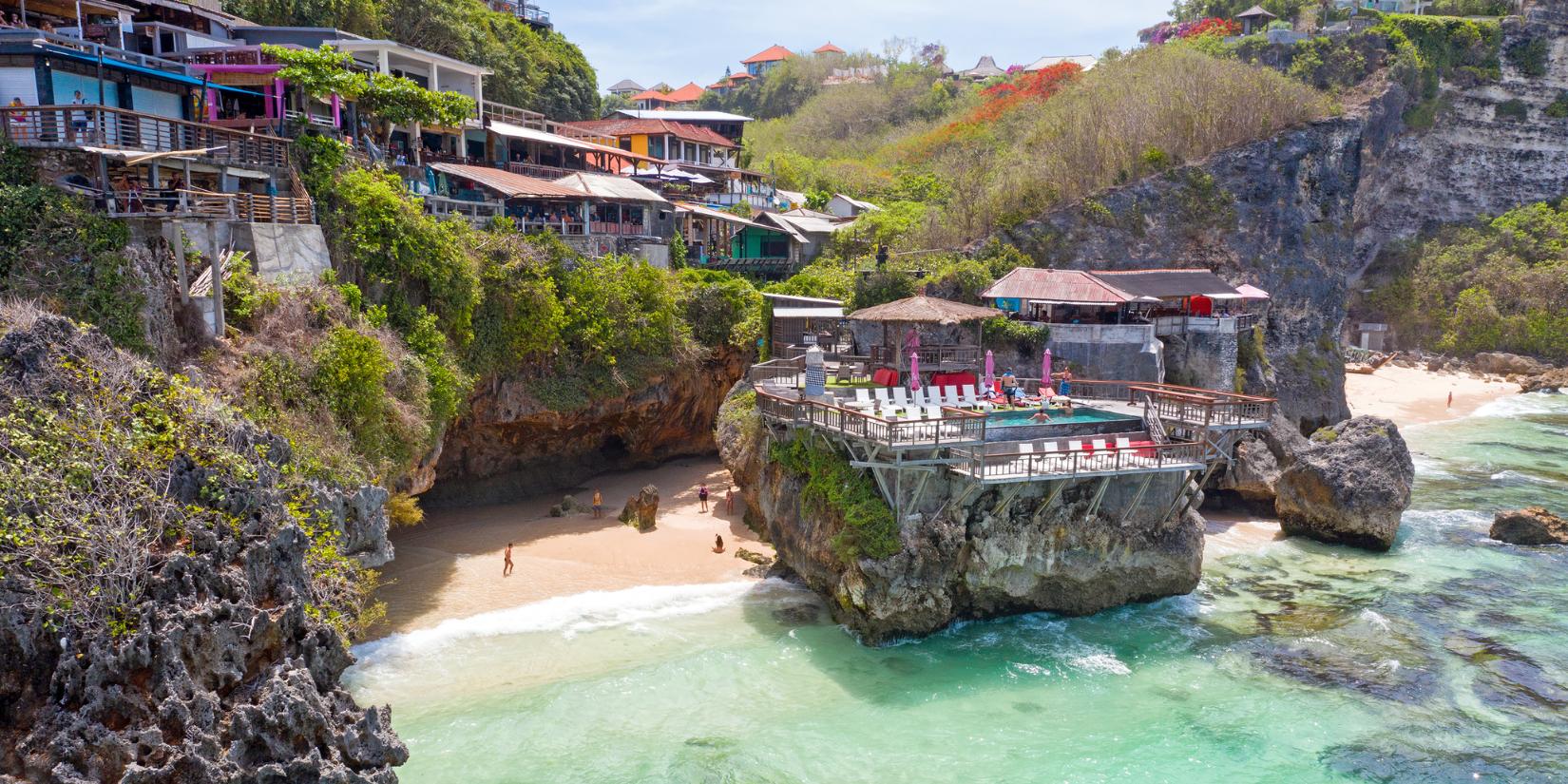
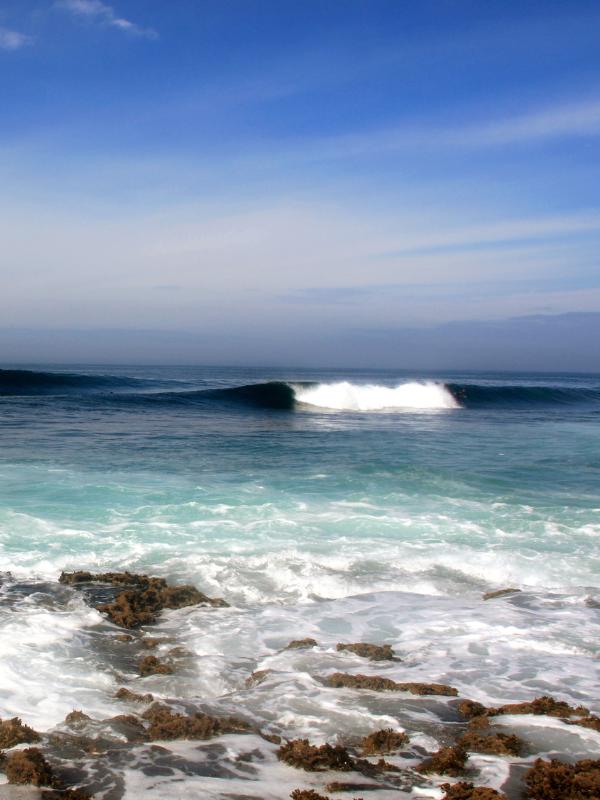
Surf Spot
The Peak is a training ground for locals. It has steep takeoffs over a shallow reef, needing quick reflexes. Waves change, turning left-handers into A-frames with the tides. Mid-tide is best here, offering depth for safer wipeouts. Use your shortest board. Watch locals ride through seemingly impossible sections.
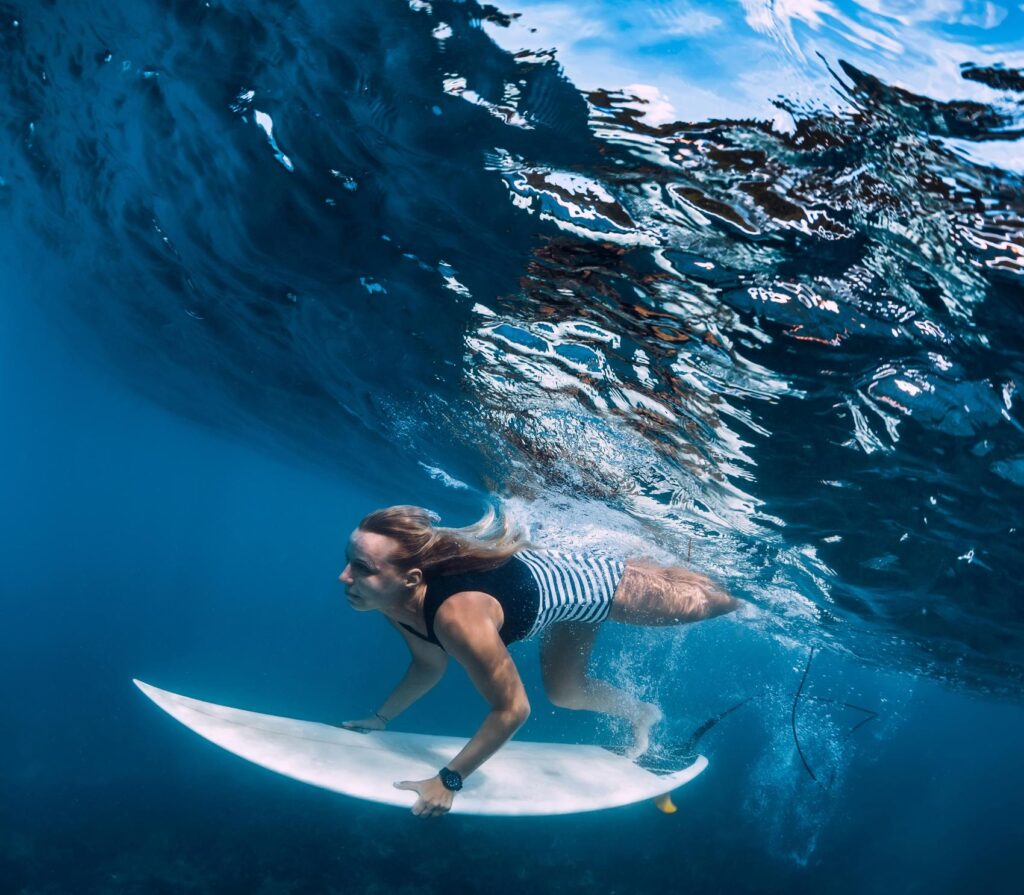
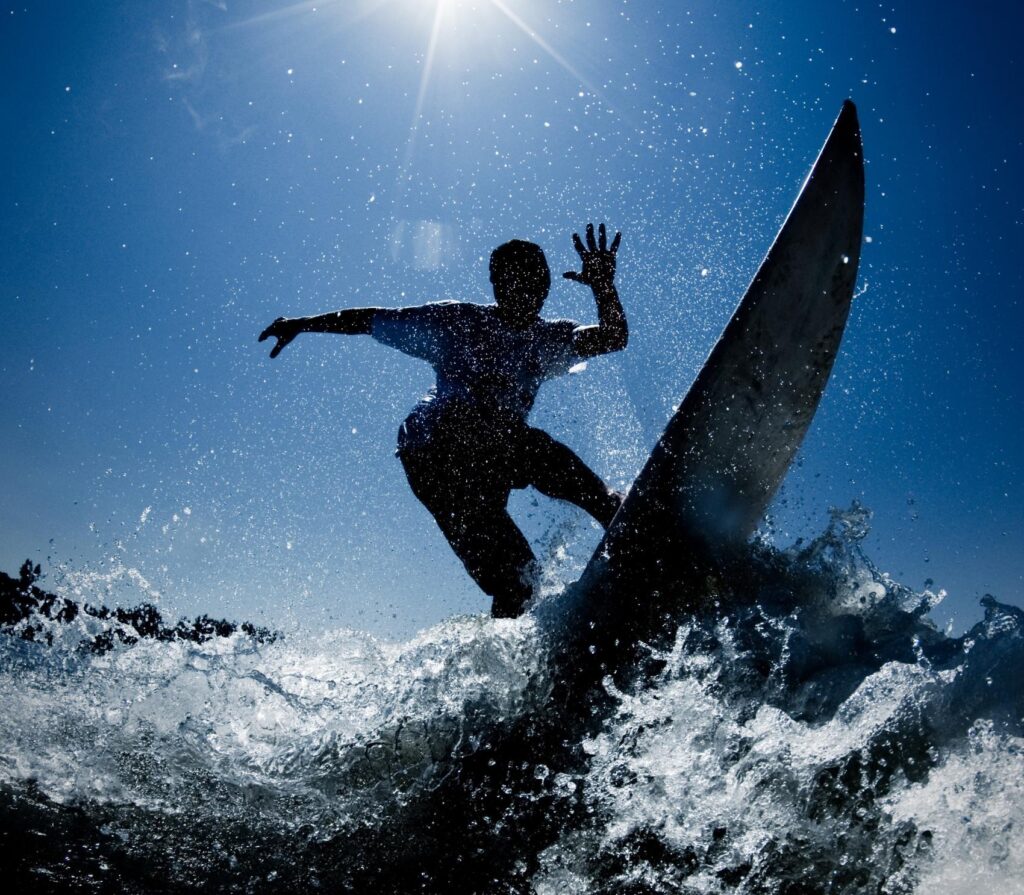
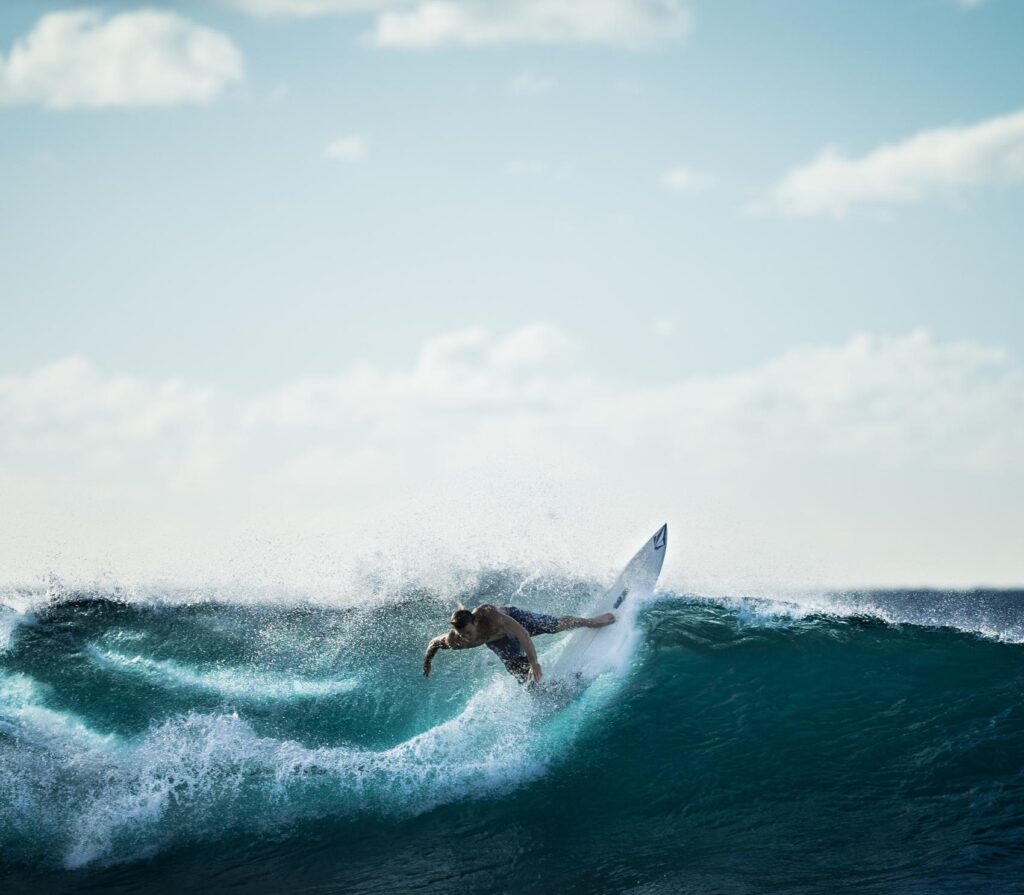
Surf Spot
For surfers who are intermediate to advanced, the racetrack’s 300 meters of fast, continuous walls are ideal. When the parts line up and the pace increases, hit it on an outgoing mid-tide. To keep ahead of the reef, take off a little bit toward the waterway. The greatest time to ride without crowds is in the morning. You’ll read The Peak more effectively if you master Racetrack; they’re sister breaks designed for advancement.
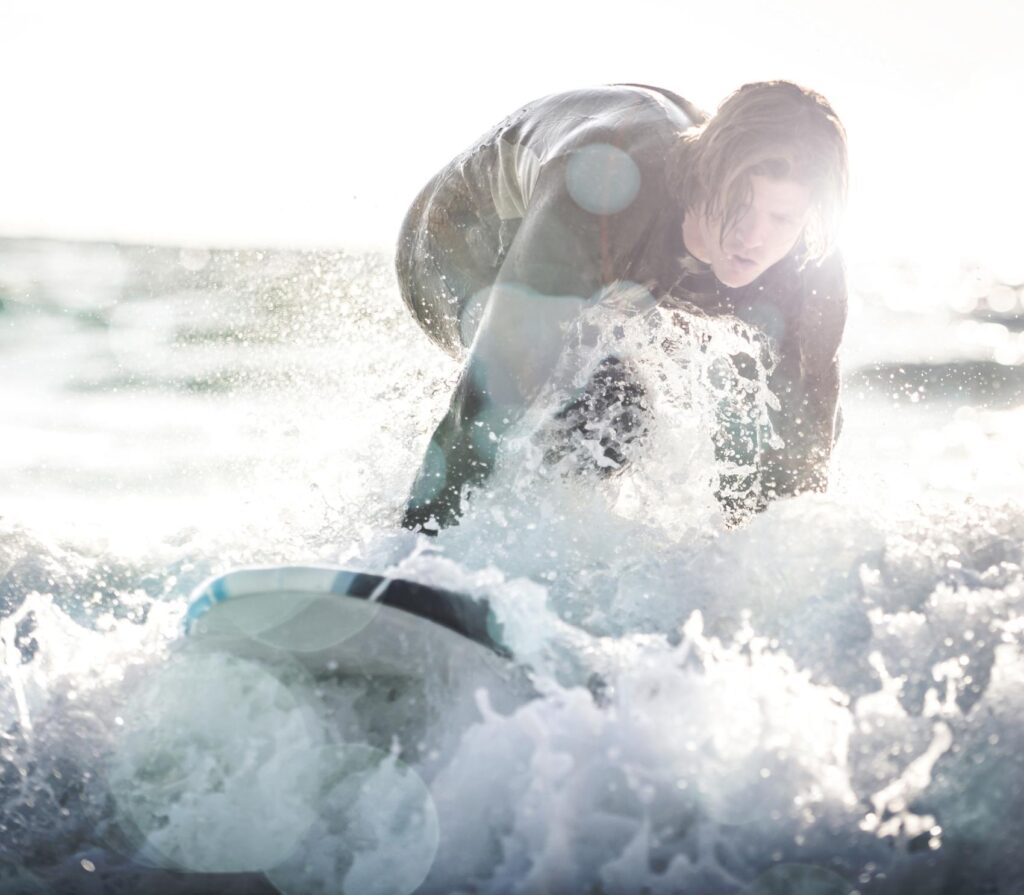
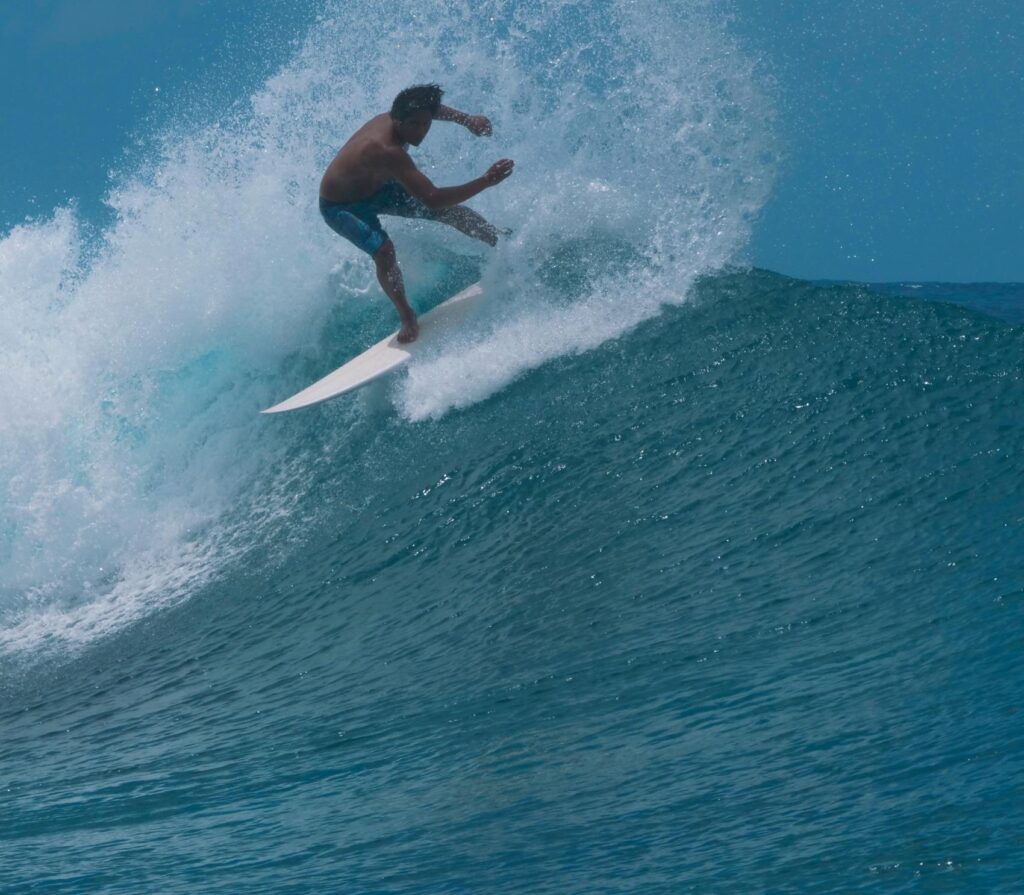

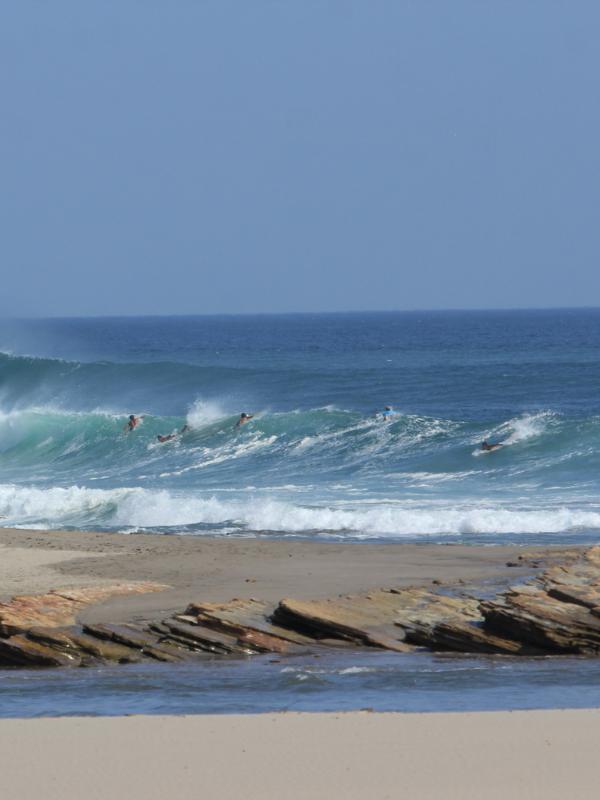
Endurance Rides for Skilled and Precise Surfers

For experienced surfers, Impossibles is a paradise, with 500-meter rides on smooth, swift walls. During the “magic hour,” when winds decrease, west waves transform the reef into a smooth, machine-like wave. It takes astute timing, location, and tapering swell reading to succeed here. Make use of Villa Bayuh Sabbha as a blueprint for your lineup. Cleaner sets come with dawn; paddle early and keep an eye out for black lines on the horizon.
Glassy mornings and raw solitude below the cliffs
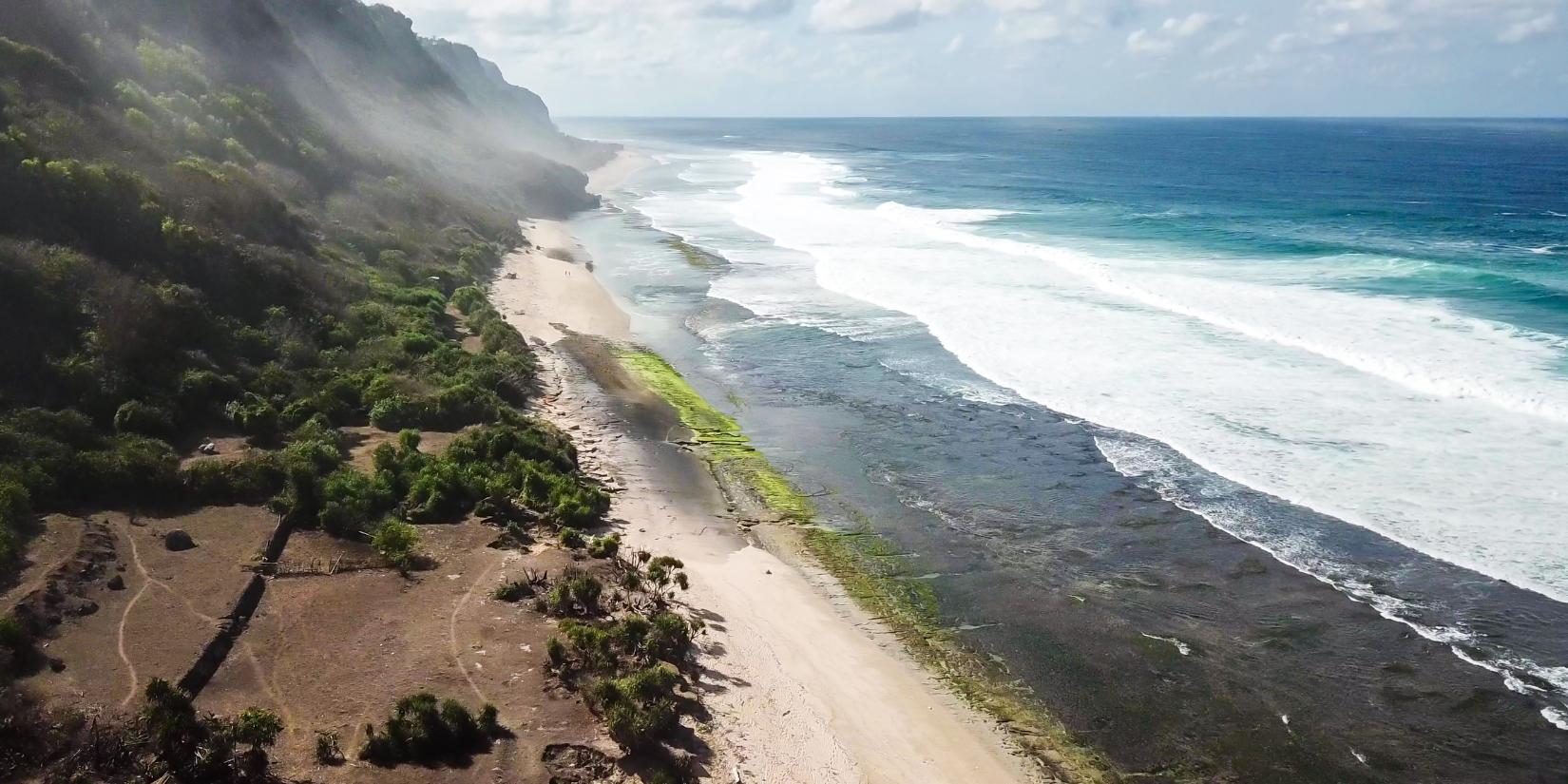
Hikers can enjoy uncrowded waves in the cliff-backed breaks of Nyang Nyang, which are remote and unadulterated. This location, which pairs glassy mornings with northwest swells, is best from May to September. These waves are for surfers looking for seclusion and great lines outside of the regular Uluwatu circuit, so bring reef booties, patience, and an adventurous spirit.
FAQ

Why is Bingin Beach called "the perfect barrel classroom"?
Bingin Beach is known for its mechanical lefts. These waves break over a shallow reef, making it perfect for learning barrel-riding. Local guides teach timing and positioning here, even on moderate swells.
Can beginners surf at Dreamland Beach?
Yes, beginners can surf at Dreamland Beach. The waves near the shore are gentle, making it great for learning. Move to the southern end for more challenging waves.
How does Tomas Beach accommodate different skill levels?
Tomas Beach has two sides. Beginners can enjoy waist-high waves near the stairs. For experts, there are powerful right-handers at the Padang Padang tube. Local instructors teach how to navigate rip currents.
What makes temple-area surfing spiritually significant?
Surfing at Uluwatu Temple is special. The cliff geography creates unique A-frame peaks. Surf during neap tides when priests bless the waters, and respect the local customs.
When should advanced surfers target The Bombie?
Advanced surfers should surf The Bombie when swells are over 8ft and tides are low. Local boat captains help time the best entry. You’ll find powerful waves here.
How do I sync sessions between The Peak and Racetrack?
Sync sessions at The Peak and Racetrack with the right tide. When the tide is 1.4m and winds are ESE, the waves align. Start at The Peak and ride to Racetrack for long rides.
What’s the secret to conquering Impossibles?
Surf Impossibles during west swells of 5-7ft. Use the “Villa Bayuh Sabbha alignment” to find the best spot. You’ll catch a series of wedges for long rides.
How do I access Nyang Nyang’s hidden coves safely?
Access Nyang Nyang’s coves 90 minutes before high tide. Use a wind compass and watch for the “green flash” to find the best spot. You’ll find empty lineups in the northern coves.
Which surf schools in Uluwatu offer expert-guided sessions?
Uluwatu Surf School and Dreamsea Surf Camp offer expert sessions. They teach reef-readiness, including tidal timing and unique paddle techniques.
What’s the best season for intermediate surfers in Uluwatu?
April–October offers warm water and consistent swells. May and September provide great waves with fewer crowds.
How do I respect local etiquette at Uluwatu’s surf breaks?
Respect local etiquette by following “banjar” rules. Give priority to local surfers during dawn patrol. Never drop in and avoid sacred coral formations. Surf schools provide cultural briefings and a “selendang” for temple sessions.
Escape the crowds and ride Sumbawa’s secret swells
After surfing Uluwatu’s famous waves, think about traveling to other Indonesian surf spots like Nusa Penida, Canggu, Lombok, or Sumbawa. If Sumbawa is on your radar, Mocean Beach Resort offers informed, guided surf trips to remote, undiscovered surf locations in West Sumbawa. Away from the crowds, close to the sea, it’s a place to recover, relax, and experience surf culture at its most genuine, complete with post-session feedback, safety-first guides, and live swell tracking.
